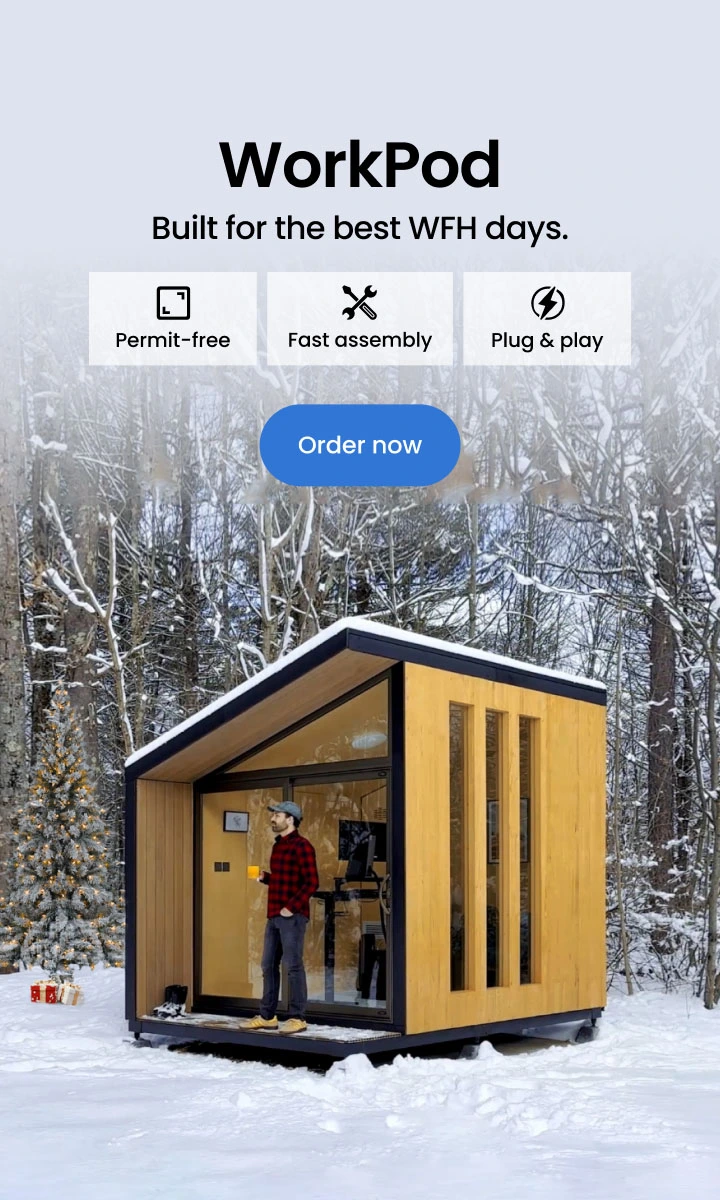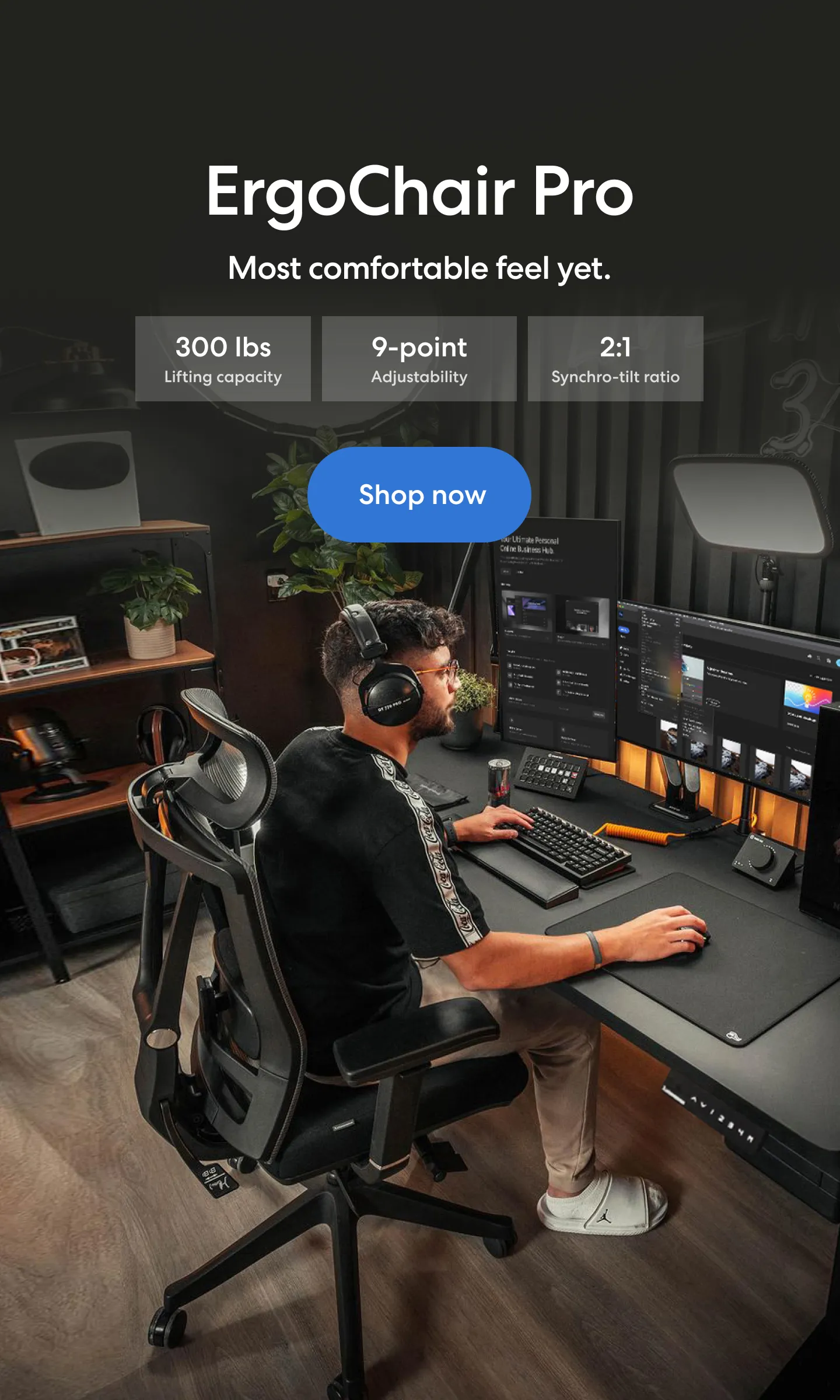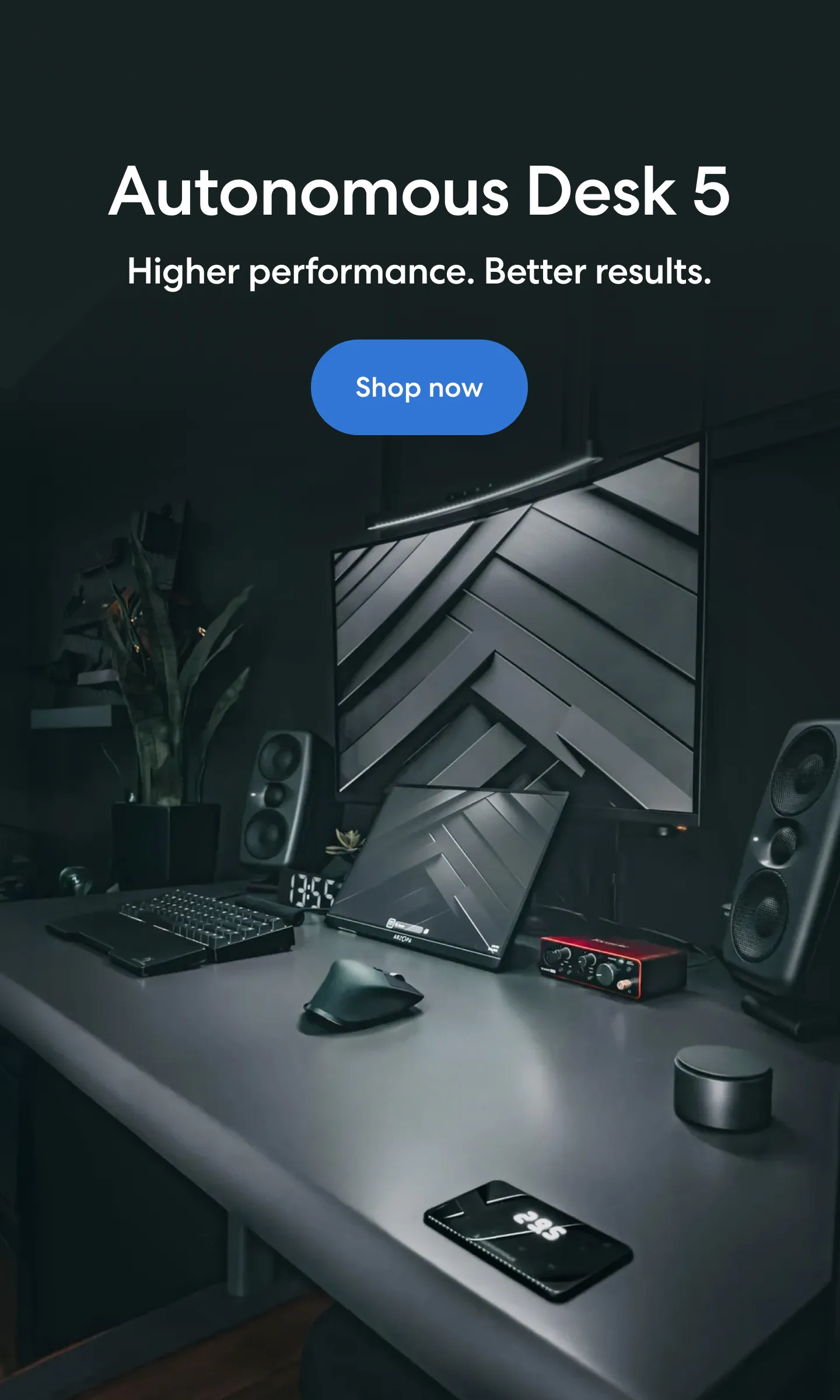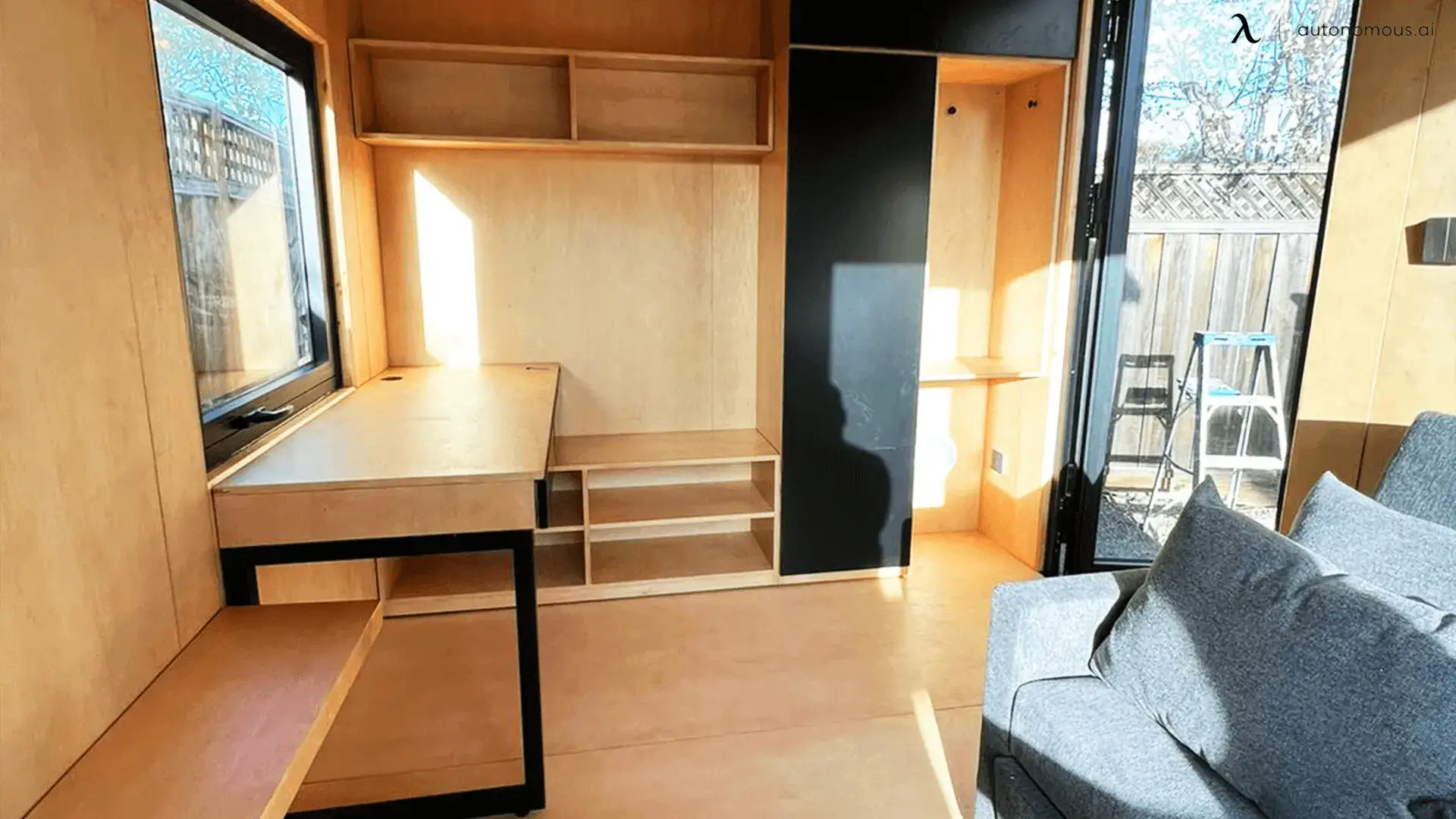
Sewing Studio Ideas: Create the Perfect Home Sewing Studio
Table of Contents
Setting up a home sewing studio is a dream for many crafters. Whether you're an experienced seamstress or just starting out, creating a space dedicated to your craft can significantly boost your creativity and productivity. From choosing the right furniture to organizing your sewing essentials, a well-designed sewing space helps you focus on your projects without distractions. This guide will walk you through everything you need to know, from sewing room ideas to efficient sewing studio layouts, and recommend ergonomic products like standing desks and ergonomic chairs to help you work comfortably for hours.
1. Choose the Right Space for Your Sewing Studio
The first step in creating a sewing studio is choosing the right location. The space you select should offer both functionality and inspiration. Ideally, look for a dedicated room, a corner of a larger room, or even a converted garage or basement. Here are some ideas to make the most of your space:
- Small spaces: If you're limited on space, consider a compact sewing studio layout. A corner nook or small room can work wonders with the right setup.
- WorkPod for ultimate privacy: For those looking for a separate, quiet place away from the house, a studio shed offers an insulated, private structure where you can create a small home sewing studio without distractions. This can be a perfect solution for maximizing creativity in a secluded, customized space.
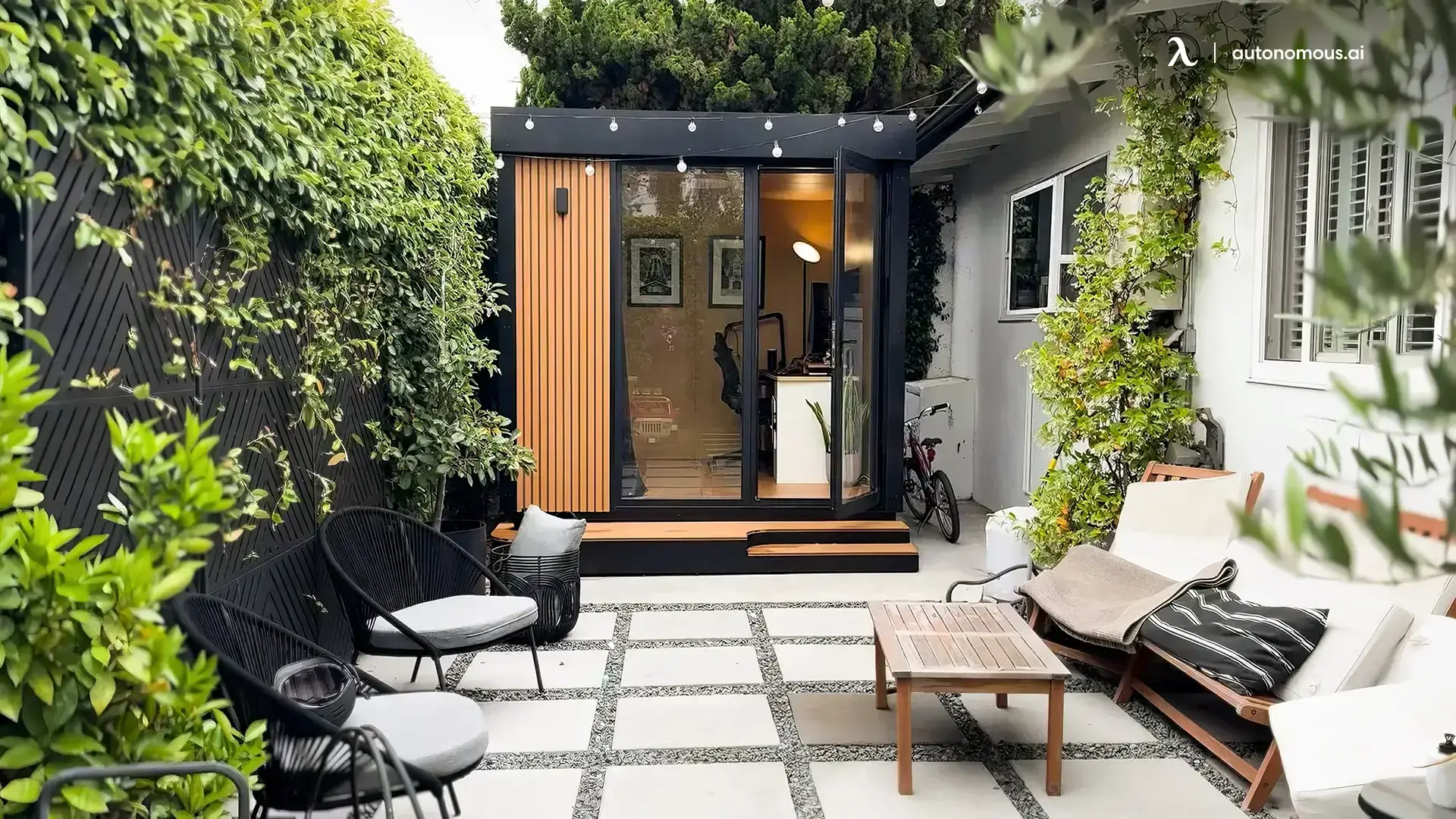
2. Essential Furniture for Your Sewing Studio
When designing your sewing studio layout, furniture plays a key role. Here’s what you’ll need for comfort and efficiency:
- Standing Desk: A height-adjustable standing desk is ideal for those long sewing hours. Switching between sitting and standing positions helps reduce strain on your back and legs. It’s great for cutting fabric, organizing patterns, or even as a crafting station.
- Ergonomic Office Chair: Sitting comfortably is crucial for a home sewing studio. A comfortable office chair with proper lumbar support ensures that you stay focused without back pain. Look for an ergonomic model to keep your posture in check while you sew for hours.
- Stools and Ottomans: A stool or ottoman is a versatile addition. Use it to sit when you need a quick break, or for reaching low shelves or organizing tools.
3. Design Your Sewing Studio Layout
Creating an efficient sewing room layout is essential for maximizing your available space. Here are some tips to help you design a functional studio:
- Workstation Setup: Place your sewing machine near a window for natural light. Ensure you have enough counter space for cutting fabric and organizing your sewing tools.
- Storage and Organization: Separate areas for your sewing machine, cutting station, and storage will keep the space organized. If you’re using a small home studio or craft space, consider a modular design to keep the studio flexible as your needs grow.
- Mobile storage: Use rolling carts or cabinets that can be moved around, giving you flexibility when working on different projects.
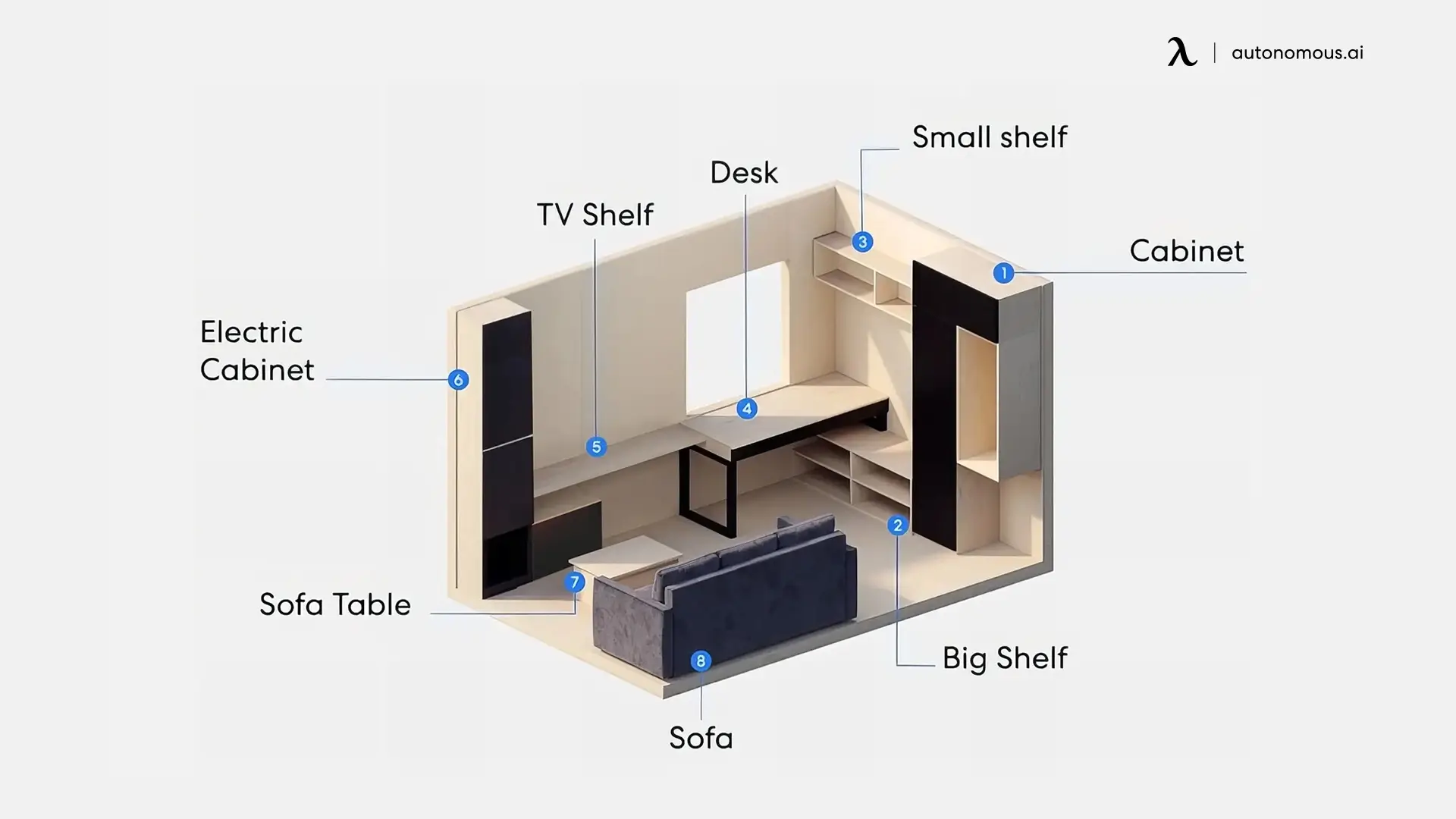
4. Maximize Sewing Studio Organization
Sewing studio organization is vital for maintaining productivity. A cluttered space makes it harder to find your tools and materials, leading to frustration. Here’s how to keep everything in order:
- Shelves and Bins: Invest in storage bins, shelves, and drawers for your fabrics, threads, and tools. Label each bin to make finding materials easy.
- Wall-mounted Storage: For small spaces, wall-mounted racks or pegboards can store tools like scissors, rotary cutters, or rulers. You can also hang fabric swatches to stay inspired.
- Thread Storage: Use thread racks or clear containers to store your threads neatly. Keep the threads color-coded or in containers to avoid tangling.
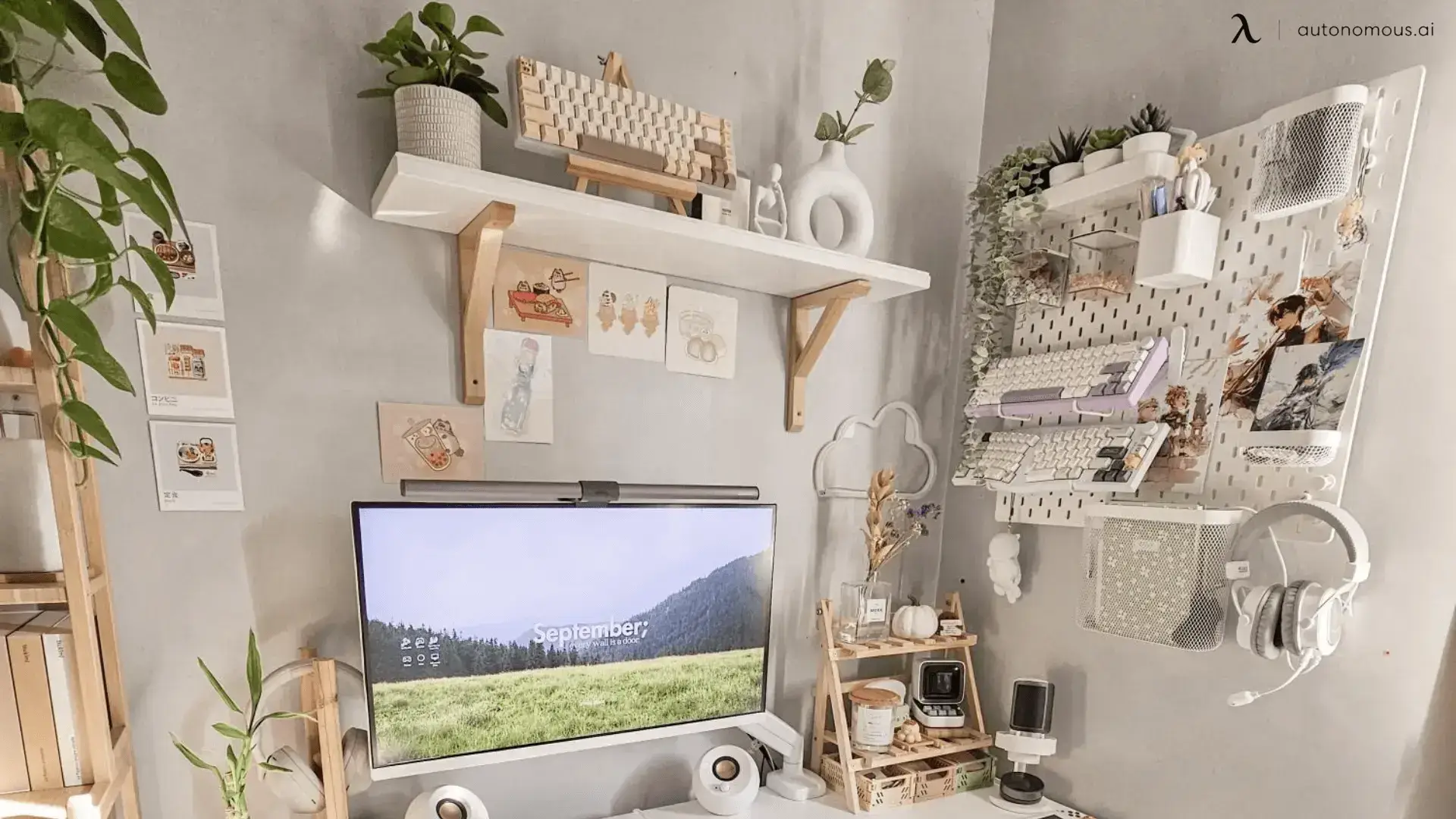
5. Lighting and Ventilation for Your Sewing Studio
Lighting and ventilation are essential for a home sewing studio where precision and comfort matter. Here’s what you should consider:
- Natural Light: Whenever possible, position your sewing station near a window to take advantage of natural light. It will not only brighten up your space but also make it easier to see details on your projects.
- Task Lighting: Adjustable desk lamps or overhead lighting should be placed directly over your sewing machine and cutting stations. This reduces eye strain and improves accuracy when working on intricate projects.
- Ventilation: Sewing with fabrics, adhesives, and glues requires good airflow. If you’re using a work shed or separate sewing pod, make sure it has windows that can open or install an exhaust fan to keep the space well-ventilated.
6. Personalize Your Sewing Studio for Inspiration
A sewing studio is not just a functional space; it’s also a place where your creativity flourishes. Add personal touches to your home sewing studio to make it a space that motivates you:
- Decor: Hang artwork, inspirational quotes, or fabric swatches on the walls. Choose bright, cheerful colors that inspire creativity.
- Plants: Adding a few indoor plants to your sewing studio can create a calming environment. Choose low-maintenance indoor plants like succulents or snake plants.
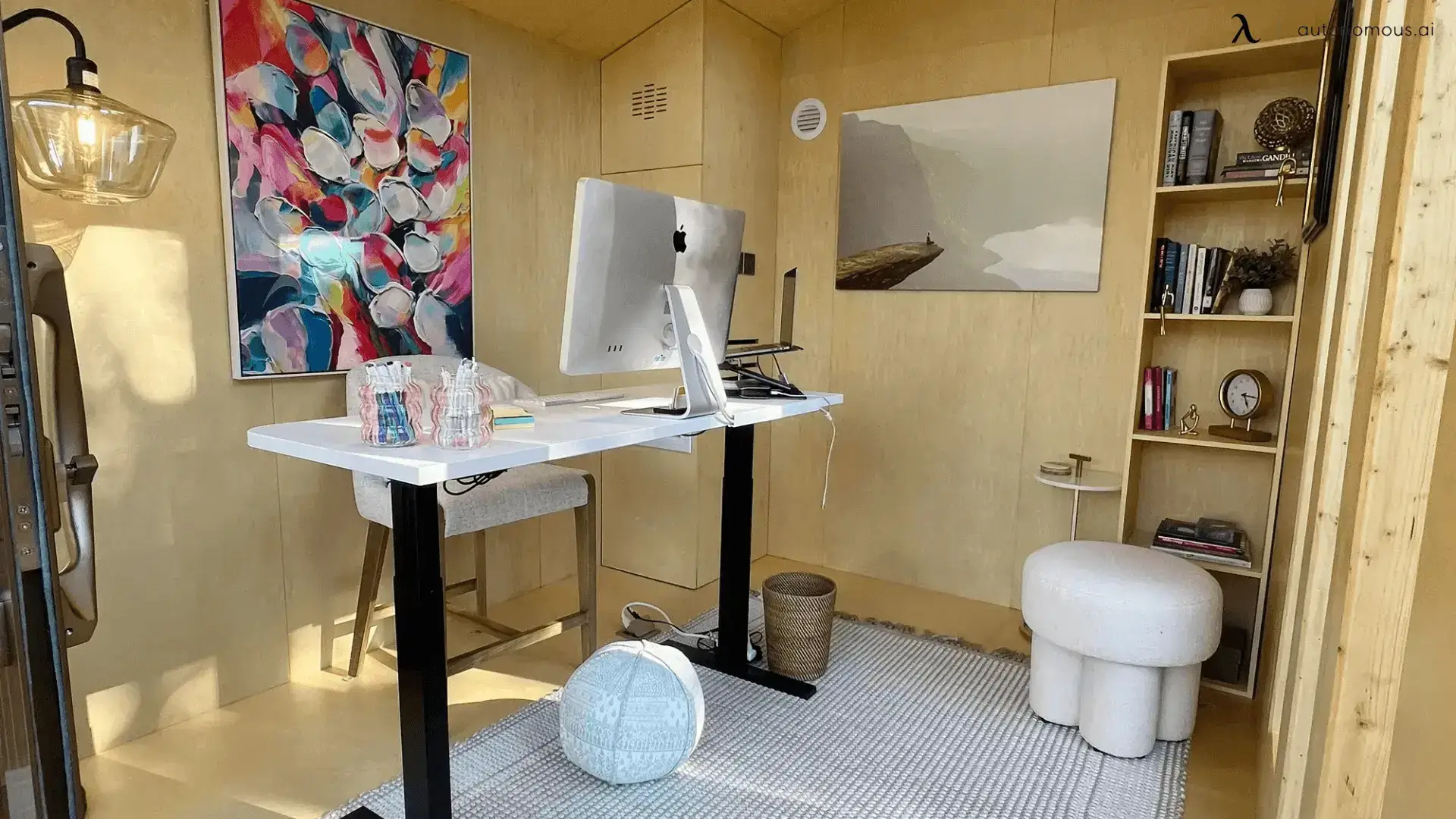
FAQs
How much space do I need for a home sewing studio?
The space required for a home sewing studio layout depends on your equipment and workflow. A small room or even a corner of a larger room can work for a compact studio. If you're limited on space, consider a modular sewing station or prefab studio shed like a WorkPod to maximize functionality.
Can I set up a pottery studio in a small home?
Yes! Even with limited space, you can design a functional sewing studio. Look for a corner or unused area in your home, and use clever storage solutions to keep your tools and materials organized. A small prefab studio shed like the WorkPod Mini can also offer a quiet, separate space.
What furniture is essential for a sewing studio?
The essentials include a comfortable office chair, a height-adjustable standing desk for cutting and organizing fabric, and storage solutions like shelving or bins. Consider ergonomic seating options to keep your posture correct during long sewing sessions.
How can I organize my sewing studio?
Use wall-mounted racks, bins, and shelves to store your tools and materials. Keeping fabrics, threads, and sewing notions in designated areas ensures efficiency. Incorporate modular storage for easy access and a tidy workspace.
Can I use a prefab shed for my sewing studio?
Yes! A prefab studio shed like the WorkPod offers an excellent solution for creating a sewing studio. It provides a private, functional space with insulation and the ability to add power, lighting, and storage. It’s an ideal choice for those who need a quiet and separate workspace.
What color scheme should I choose for my sewing studio?
For small home sewing studios, bright and neutral colors work best. Light colors like white, cream, and pastels make the space feel bigger and more inviting. Avoid dark colors, which can make the room feel smaller and cramped.
Conclusion
With the right planning, design, and furniture, your home sewing studio can become a highly productive and creative space. Whether you choose a dedicated room or a small prefab studio shed, like a WorkPod, you can create a space that works for you. Don’t forget to incorporate ergonomic products like standing desks, ergonomic office chairs, and storage solutions to make your sewing studio as efficient and comfortable as possible.
Ready to create your own perfect sewing studio? Check out our collection of standing desks, ergonomic chairs, and WorkPods to elevate your sewing space to the next level.
Spread the word
.svg)




